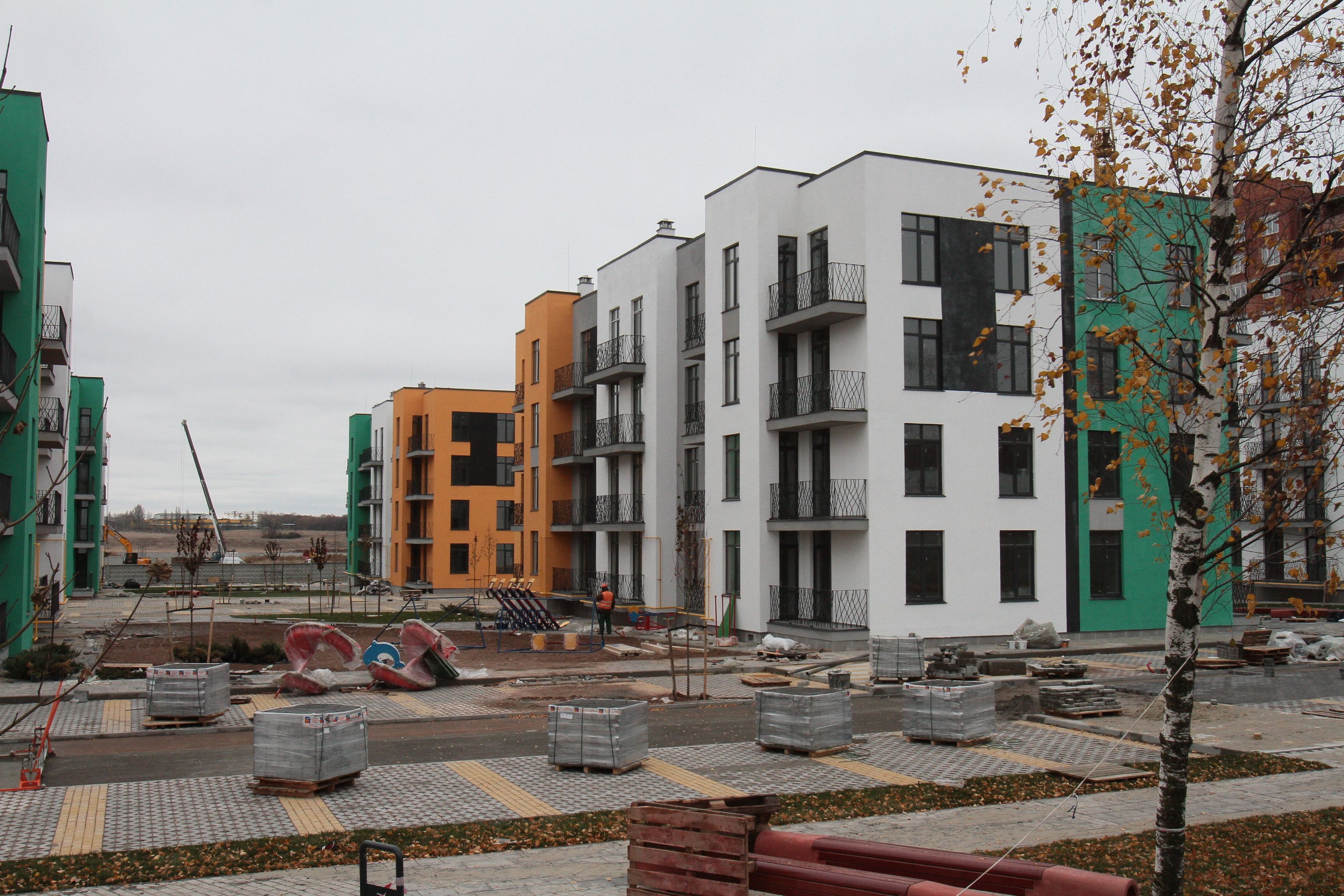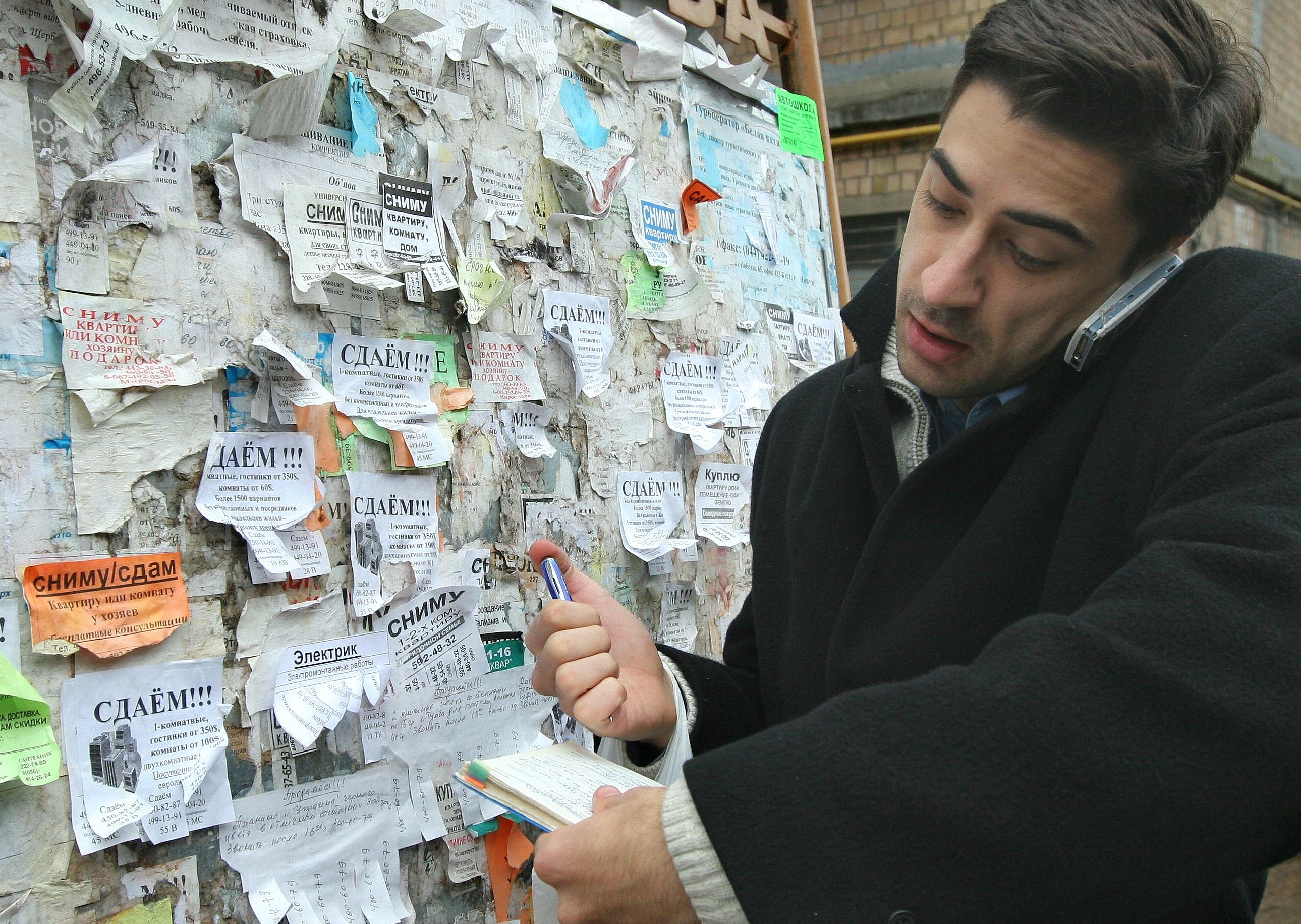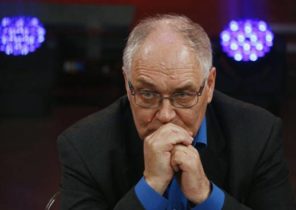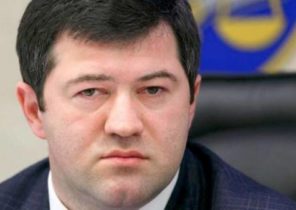
Against failure 2015 (some experts considered him the worst of all time after the exit from the crisis of 2008-2009), past 2016 in the residential market looks quite decent. The majority of respondents experts believe that in General he was more productive than its predecessor, although there are other opinions. Estimates depend largely on what region of Ukraine is involved.
In 2016, we observed the factors that were beneficial to the real estate market. First, lower inflation, and the devaluation of the hryvnia gained much more calm, not panic inspiring character. Second, the economy has finally moved from decline to growth. And even the ongoing problems in the banking system, in a sense, was on hand housing market, as the increased investment appeal of real estate. On the other hand, the purchasing power of citizens has continued to decline (excluding December, the annual real wage index amounted to 89.8%). In addition, against the real estate market “worked” rising rates.
About what is happening in the housing market, we were told the President of the Association of realtors of Ukraine (ASNU) Sergei Sinister, Deputy Chairman of the Kiev branch ASNU Vladislav Kulishenko, the Director of the RB “Option”, head of Lviv branch ASNU Andrei Borisov, General Director of Prokonsul, the head of the Kharkiv branch ASNU Alexey Popov, Director of “Leader”, the head of the Nikolaev branch ASNU Andrey Oleynikov and a leading specialist of marketing company SV Development Sergey Kostecki.
THE PRICES CREEPING DOWN, AND UNUSUALLY SLUGGISH DECEMBER
In General, the past year has been a little more active in 2015 — in the sense that transactions for the sale and purchase of residential real estate happened a little more. In some regions, this revival was noticeable — for example, in Nikolaev. “2016 was a better 2015 by far, — says Andrey Oleynikov. — Conflict with pre-war figures, of course, not to compare, but I started to realize pent-up demand. Increased sales, continued construction, property went back any investment.” In some cities, for example, in Lviv, to see revival, we need to look at separate market segments. “The market came to life — says Andrei Borisov. But partially”. So, according to Borisov, the number of acquisitions in the primary exceeds the number of acquisitions of second homes.
On the opposite end of the country, in Kharkiv, the recovery is difficult to discern: “on the one hand, have no such expectations of the escalation of hostilities, which positively affects the market, — says Alexei Popov. — But the purchasing power of the population decreases. So the market has not grown, and much activity is not received. Mostly he lives at the expense of exchange transactions in 60-70% of cases people sell something and buy something. Who improves their living conditions, who degrades because of the “communal” rather high”. With regard to capital, then, according to Vladislav Kulishenko, for the secondary market in 2016 was worse, and for the primary — a little better. “2016 is the year as year, — says Sergey Kostecki. — Everything was stable, nothing fundamentally has changed.” Unusual last year turned out to be Dec: this month is usually characterized by increased activity in the market. And this time it came out of the wording Vladislav Kulishenko, “kind of floppy”.
The decrease in purchasing power inhibits the activity of the market.
PRICES. Dollar, housing prices in the past year continued to decline. “But this is not a drop, — says Andrey Borisov. — Also, lowered prices uneven: significantly decreased the cost of housing in the segment of Soviet construction (hruschovki, sockets) — about 15% per year. But significantly slower decrease in the Central part of Lviv”. In Kharkiv, according to the observations of Alexei Popov, the market prices dipped to 3-4%, and in the capital, according to Vladislav Kulishenko, — 10-12%. This is especially noticeable in uncomfortable surroundings, as trojeshchyna: Kulishenko cites an example in which the apartment is 100 sq m and there sold for previously unthinkable $550 per sq m and two bedroom 70 sq m — for $42-43 million And is in good modern houses aged up to 5 years! Permanently lower prices, and lower yields from investments in apartments in the early stages of construction, according to Kulishenko, reduces the investment attractiveness of real estate.

THE BUILDINGS BECOME MORE INTERESTING
Nevertheless, the lack of confidence in the banking system and the lack of available people reliable alternative ways for investments supported in the past year some interest in real estate as the investment tool. “The trend of investments in new buildings for capital preservation continues,” — said Sergey Sinister. “Some movement in the market was due to the problems in the banking system, — says Alexey Popov. — Because the money where it is necessary to invest”.
Prices of the suburb is close to the value on the outskirts of the capital.
DEVELOPMENT. We must pay tribute to developers: they show considerable activity and ingenuity, inspiring us to buy apartments. And it is not only unprecedented promotional activity developers. “The primary market becomes diverse, — says Sergey Sinister. — New different installment programs. As well as new forms of development — develops low-rise construction, extensively the suburbs”. The people of Kiev have grown accustomed to a wide offer of comfortable apartments in the settlements, literally adjacent to the city limits of the capital. With good transport accessibility (metro from this suburb by public transport can be reached faster than from some of the city suburbs) a well-developed local infrastructure, and still — lower prices in General. Although, according to Vladislav Kulishenko, “near-field” region is actually closer in price to Kiev. “New construction in Cherry, Brovary and similar localities almost commensurate in price with housing in the extreme parts of Kiev troyeschina, Borshchagovka,” says Kulishenko.
But the same trend is beginning to emerge in other major cities. For example, according to Andrei Borisov in Lviv looks very promising construction of high-rise buildings in convenient locations right outside the city
.
MINIATURE. Quite developed a new trend — the construction of the so-called smart apartments (with an area of 18-23 sq. m), whose main advantage — the reasonable price. In Kiev (and suburbs) such flats can be purchased for $9.5—15 thousand, in Lviv, the prices are also around $10 thousand, “They are designed for young people, students and postgraduates, which in Lviv very much, — said Andrei Borisov. — People coming to town for a few years, and it is better to buy a cheap apartment than to pay for rental housing even higher amount”. However, as pointed out by Vladislav Kulishenko, we must look carefully at how the developer implemented the idea of smart apartment below with its further selling is not a serious problem.

Trends. Low-rise suburbs and affordable miniature smart apartment.
RENT IN LOCAL CURRENCY BECOMES MORE EXPENSIVE
As said Sergey Sinister, in the past year is well developed rent in Lviv. “We have seen “landing” of the population. A lot of training centers, jobs are created. And just people coming here hoping for a better life, — explains Andrey Borisov. — A large part of this population arrived not as a solvent, to buy the property, so it goes on rent. And comfortable apartment with repair, furniture, appliances — has increased in price in UAH equivalent. They rose to 15-20%. So even in dollar terms prices have at least not exactly fell.”
OPTIMIZATION. In the capital of other market movers. “Now most of the transactions are the result of the desire to optimize their costs, — says Sergey Kostecki. The mass flow trend is from more expensive housing to cheaper”. Says Vladislav Kulishenko, average prices in UAH equivalent is also grown, but not enough to cover the devaluation of the hryvnia, so the dollar they are even a bit lower. It’s easier to notice the growth of minimum prices. Today, if you want to shoot a normal, well-equipped one-bedroom apartment in a residential area, according to Sergei Sinister, you need to calculate the price from 6 thousand UAH. Cheaper options to catch is extremely difficult, although in the beginning of the year 5 thousand seemed to be normal price. “Apartment for 5 thousand UAH rent literally 1-2 hits, especially if she’s good,” says Vladislav Kulishenko.
For comparison, in Kharkov, which is also rich in students, a year ago the average for a Studio apartment asked for 2,5—3,5 thousand UAH. During the year the minimum prices were a bit older, and now, according to Alexei Popov, 2.5 thousand to find already difficult. And in Lviv, intending to make a decent (but not luxury) “unity” in a good residential area — count about 5 ths.

Demand spurring students.
POPULAR ECONOMICAL HOME
The overall downward trend in prices has not forgotten the segment of individual houses. Thus, according to IAP “Capital estate”, in a year from December 2015, the prices for houses in Kiev in us dollars decreased by 12.4%. The last quarter of the past year in General was a landmark — the average price of a “square” capital of private houses passed the psychologically important line of $1 million and dropped to $994. Gradually declining prices in the suburbs: according to SV Development, for the year the average price per square meter in the Kiev region of $611 came to $598.
DEMAND. “The demand for homes in the 30-km zone near Kiev remains, — said Sergey Sinister. — The demand is small but steady. And — it applies to the segment where there are virtually no offers. This is a new home, preferably with all energy-saving technologies, and not more than 120, with a maximum of 150 sq. m.” Such situation not only at Kiev. “In Lviv in Soviet times there were many individual construction, then there were bursts in the 90s, in the early 2000s. That is, the homes on the market very much. But it’s a large, neenergoeffektivny and very expensive to keep at home. Now they sell for $500 per meter, but there are no buyers,” says Andrei Borisov.
MINIMALISM. One of the trends of the past year — the growing number of cottage townships. However, strictly speaking, most of these new formations is difficult to name the towns — often only 6 to 12 houses, and, of course, no traditional this cottage town infrastructure, except that they are located within settlements. The second feature is usually offered either townhouses or small enough warm houses.
WHAT TO EXPECT
Always interesting to see what it was, but it is more important to imagine what to expect in the future. I must say that none of the interviewed experts did not exclusively optimistic. “For 2017 we expect most likely the same decline in prices in dollar terms, amounting to 10-12%” — suggests Sergei Sinister. From the point of view of activity — the market will be a little “livelier” than in 2016, as expected, very slow wypasanie from the pit into which we all were. Of course, all this with the caveat that there will be large-scale fighting in the East, even some externally or internal political upheavals. “But if the rate is jumping, then the market will sink,” says Alexei Popov.
COLLAPSE. There is another view on the future. “It seems that 2017 will be the most challenging year, — says Sergey Kostecki. — Even more difficult than 2015”. The reason for this may be that will play all the negative factors that have been building up for 2016, but not yet had time to manifest themselves. For example, higher rates people are fully managed to experience only with the arrival of winter. Plus the increase in the minimum wage and, accordingly, the amount of tax on real estate tied to it. To contain objects of real estate becomes more expensive. “In the beginning of this year has already seen a hard trend for all segments, everywhere dramatically increased the offer, — says Sergey Kostecki. For example, 10 days at 30% increase in the supply of private homes in Kiev”. While the money of the people, and therefore paying customers, is no more. Which means the probability that the depreciation of real estate will accelerate significantly.
BUBBLE. And on the market of new cheaper and longer. “The cost of construction has increased significantly, many sites are already selling below cost to get at least some money. Sit at home half-empty, while in Kiev, built the same as in 2007-2008 — warns Sergey Kostecki. — I pouted a severe bubble. If it explodes, it will be even more interesting than with the banks.”







